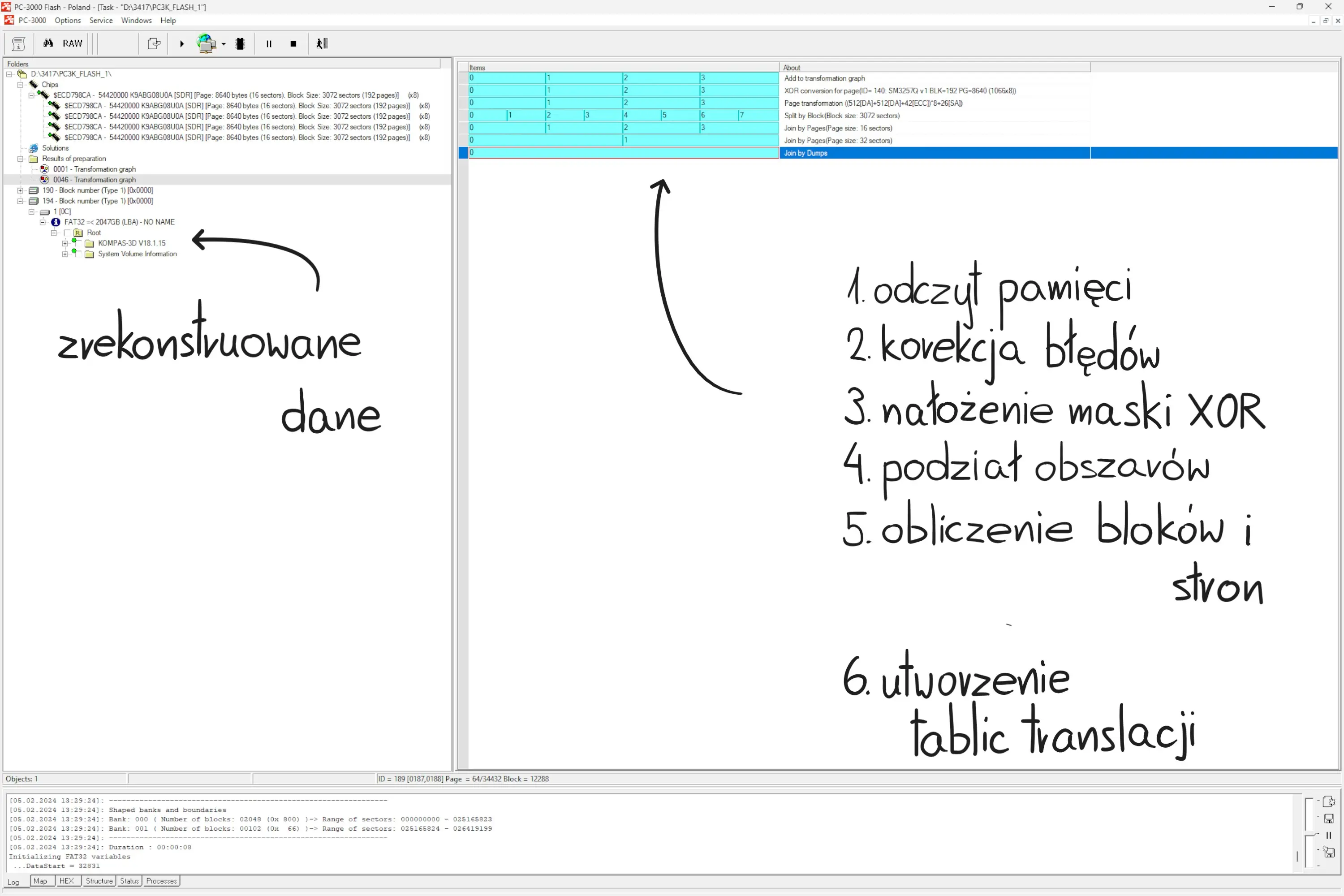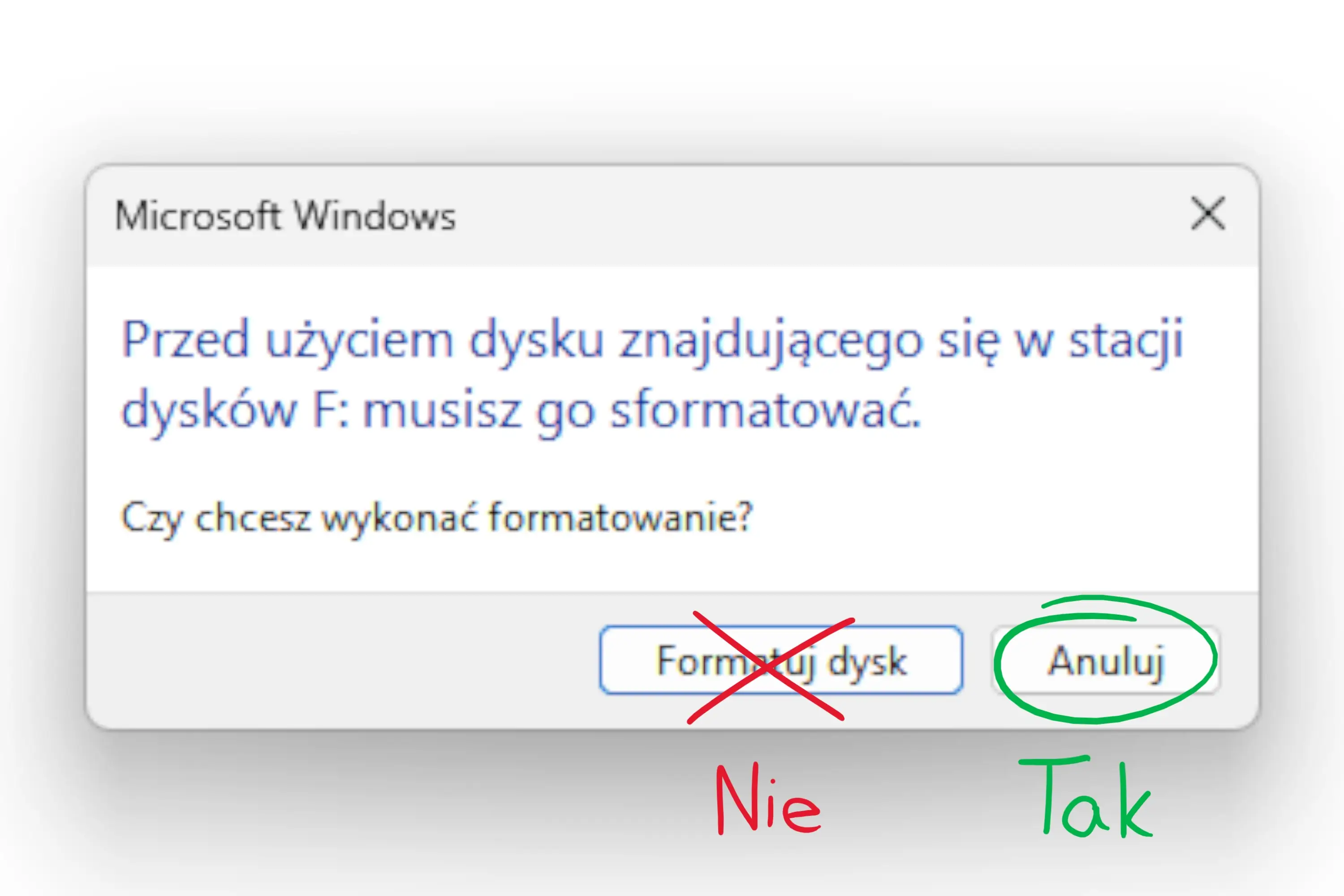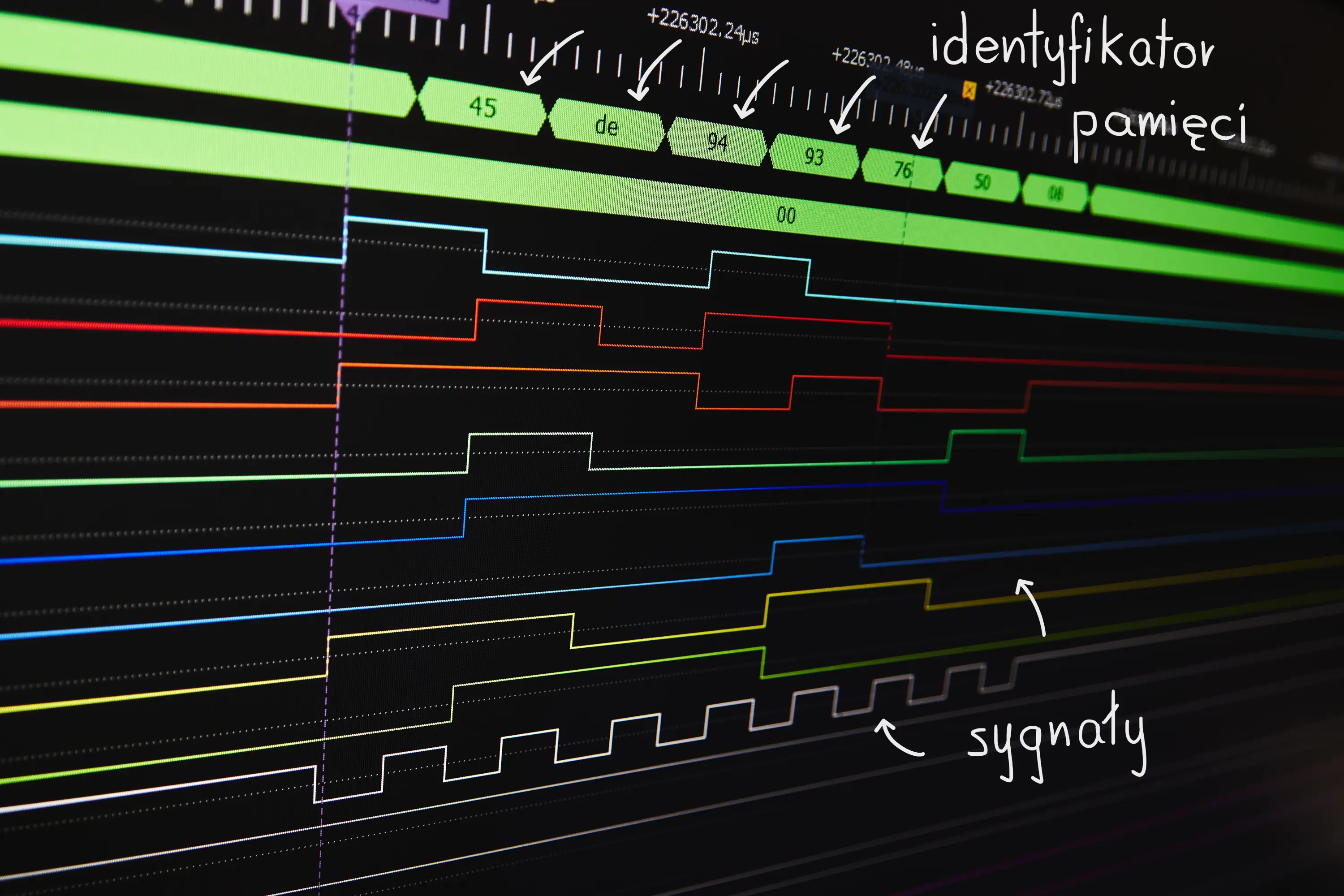Services
Data recovery from RAID
Data recovery from HDD / SSHD
Data recovery from SSD / NVMe
Data recovery from pendrive and memory card
Firmware database
Price list
Address and contact

Electronic memories, such as pendrives, SD and micro SD cards and their derivatives, are becoming more and more popular every day due to their minimal size, high data transfer speed, energy efficiency and lack of mechanical components.
We find them in virtually all mobile devices. However, mobility and the solutions used in it are not without drawbacks and they are also exposed to loss of stored content.
Due to the number of manufacturers, devices and practically individual recording methods, data recovery from this type of media is not easy.



These damages, as with other drives, include damage to the partition table caused by a system error, malware, or user action, whether intentional or not.
The most common symptom of the described situations is an empty media or a system message about the need to format the device. The most important thing in this situation is not to format the device or perform file repair procedures forced by the system.
In this case, it is best to make a binary copy of the media to protect the unchanged content of the device and recover data from it.

Physical damage to flash memory can be divided into two types.
The first is typically mechanical and electronic damage, such as a broken USB connector, cracked or broken PCB laminate and damaged electronic components.
The second one - in our opinion worse - is software damage, because it results directly (as in SSD drives) from the degradation of memory cells.
While in the first case you can repair the device and restore it to operation, in the second case you need to download the content directly from the memory module (or modules) and then rebuild it to make it suitable for logical data extraction.



In the case of monolithic memory, a so-called technological pinout is necessary for data recovery.
Manufacturers of Data Recovery solutions provide databases of service descriptions for such devices. However, due to the very large number of manufacturers and memory versions, it often happens that this pinout is modified, and often completely changed. In such cases, it is necessary to develop a new description.
This process involves connecting all available signal lines of the carrier, reading the waveforms using a logic analyzer, and then decoding them. Only after finding all the necessary signal lines can you perform a raw memory read and start rebuilding the logical structure.
As one of the few companies in Poland, we have introduced the Monolith Pinout Discovery service to our offer!



